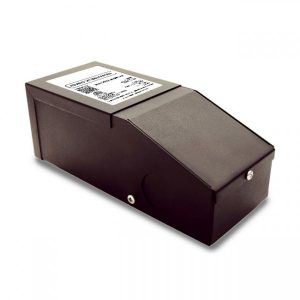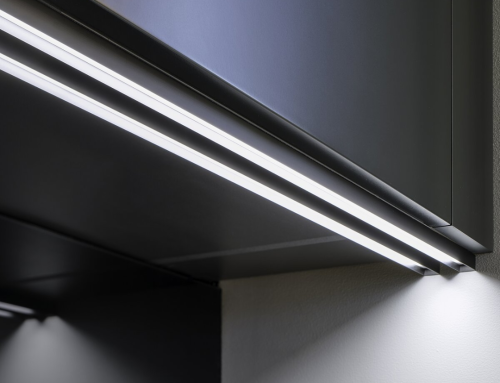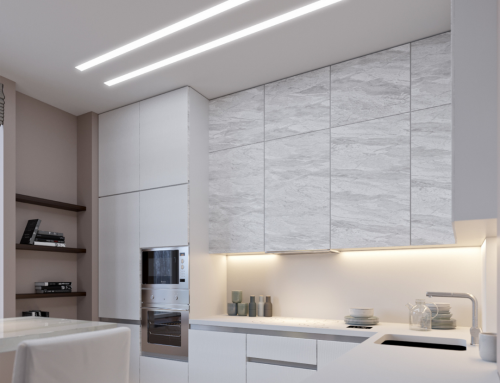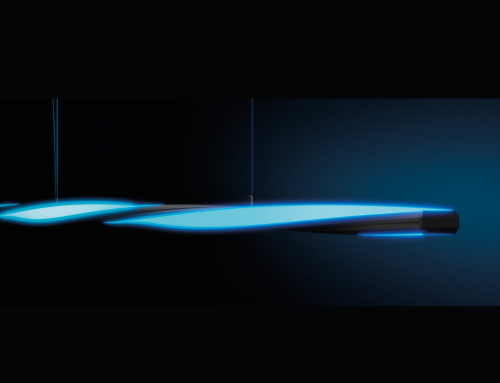 When thinking about what types of drivers to use in LED lighting project, it’s a good idea to evaluate the different options that are available. For constant voltage LED lighting systems there are a few options that can be considered: Non-Dimming (on/off), Magnetic Low Voltage Dimming (MLV), 0-10V Dimming, and Electronic Low Voltage Dimming (ELV). For this short introduction, we will be discussing the benefits for using MLV dimming with your LED lighting project.
When thinking about what types of drivers to use in LED lighting project, it’s a good idea to evaluate the different options that are available. For constant voltage LED lighting systems there are a few options that can be considered: Non-Dimming (on/off), Magnetic Low Voltage Dimming (MLV), 0-10V Dimming, and Electronic Low Voltage Dimming (ELV). For this short introduction, we will be discussing the benefits for using MLV dimming with your LED lighting project.
One of the more attractive benefits to MLV dimming would be its ease of installation. These drivers only require a single line-voltage wire to be provided from the dimmer switch, and one to the low voltage wire from the LED lights. Some other dimming options require more wire connections back to the dimmer switch and elsewhere. Klus MD-Series MLV drivers entire covering acts as a built-in junction box, with the driver, to make both line-voltage and low voltage connections using standard 7/8ths knockouts.
It is often asked what kind of dimmer switch to use with the MLV driver. The good news is, you can connect them to a common Triac dimmer switch, leading edge/forward phase. These are available at most home improvement centers that carry electrical switches.
Another attractive benefit to MLV drivers is their low inrush current. Inrush current is the initial rush of power through a system when it is initially turned on. The lower inrush current of MLV drivers makes it easier to select the right panel components, or to even use the existing panel components. Some other LED drivers, with higher inrush currents, may require special panel components to be used to handle the spike in current, when the LED lights are turned on.
If the power system being utilized is 120VAC line voltage or 277VAC line voltage, we have it covered. The KLUS MLV drivers are available in 12VDC or 24VDC output for either line-voltage configuration; and come in the following power options: 20W, 40W, 60W, 96W (20-96 are class 2), 150W, 200W, and 300W. Best of all, we can help you choose what version/configuration to use and even provide you with a suggestion in wire gauge to run from the driver to LED light.
Please let us know if this article was helpful or if you would like to see us write about another topic related to LED lighting.





